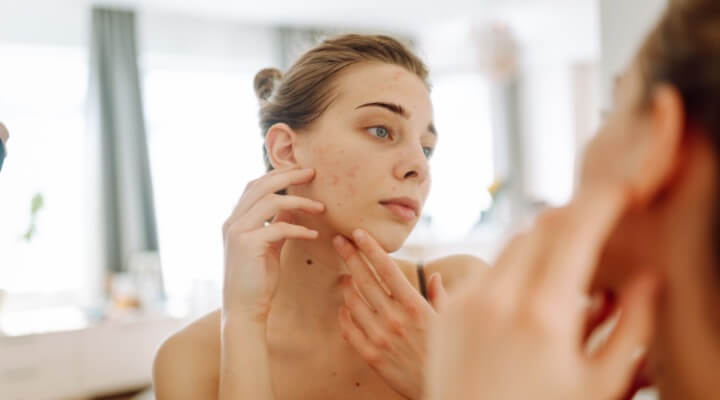Proper Shaving Techniques to Avoid Folliculitis: Beautician's Insights
As a skilled beautician, you know that achieving a smooth, clear complexion for your clients goes beyond just your skill. It requires in-depth knowledge of proper shaving techniques to avoid folliculitis. Folliculitis is a common and troublesome skin condition caused by inflammation of the hair follicles. Left unchecked, it can lead to redness, itching, and even unsightly pimples or cysts.
In this comprehensive guide, we will explore the nuances of proper shaving techniques to avoid folliculitis. By integrating professional insights and scientific knowledge, you can enhance your services and ensure a clean, satisfying shave for every client.

The Aesthetic and Biological Aspects of Shaving
Shaving is not just a routine; for many, its a crucial part of grooming and self-care. However, the act of shaving inevitably involves skin irritations and complications. The skins surface is only a threshold to a more complex ecosystem that includes millions of hair follicles. Each follicle can become a hotbed for inflammation if exposed to improper shaving techniques, leading to folliculitis. The goal is to harmonize the aesthetic aspects of shaving with the biological intricacies involved.
Choosing the Right Tools for Shaving
To prevent folliculitis, the choice of shaving tools is pivotal. High-quality razors with multiple blades reduce the chances of pulling and tearing at the hair follicles. Its also essential to regularly change razor blades to maintain sharpness and hygiene. Electrified razors, which involve less direct contact with the skin, are increasingly becoming a preferred option among beauticians.
Using Best Practices for Skin Preparation
Effective skin preparation is a must before any shaving procedure. Begin by cleansing the skin with a gentle exfoliating scrub to eliminate dead skin cells and debris that can clog pores and lead to irritation. Following this, applying a warm compress helps in softening the skin and opening up pores for a closer shave.
Optimal Shaving Techniques and Practices
Setting the right direction and pressure when shaving can significantly influence the outcome. Always advise shaving in the direction of hair growth to minimize irritation. Moreover, using a shaving cream or gel not only helps with lubrication but also serves as a protective barrier, reducing the direct friction between the blade and skin.
Post-Shave Maintenance and Care
Once the shave is complete, post-care is of utmost importance. Rinsing the shaved area with cold water helps close the pores and eliminate residual product or hair. Follow this with the application of a soothing aloe vera gel or an alcohol-free aftershave to hydrate the skin and maintain its suppleness.
Be aware of the potential risk factors that could lead to folliculitis. This includes using shared shaving tools, inadequate sterilization, and failure to maintain good personal hygiene. Educating clients on these aspects ensures they prolong the effects of a professional shave.

FAQ
What are the signs of shaving-induced folliculitis?
Shaving-induced folliculitis typically presents as small, red bumps or blisters on the skin. Tenderness, itchiness, and warmth may also be experienced in the affected area.
Can natural remedies prevent folliculitis?
Yes, several natural remedies can help avert folliculitis. Incorporating pre-shave oils, like jojoba or tea tree oil, can act as moisturizers and have antibacterial properties.
How often should razors be replaced to prevent folliculitis?
For effective results and hygiene, it is recommended to replace razors after 5-7 uses or when they begin to show signs of dullness.
For more tailored advice on skin concerns, visit Mayo Clinic's guide on folliculitis or explore strategies in preventing folliculitis in skincare guidelines offered by Livana Natural.

